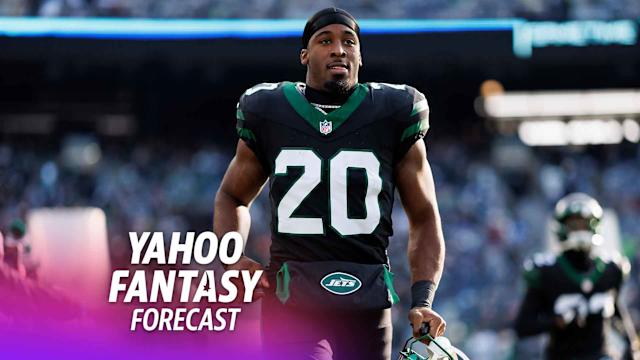
The "Running Back Dead Zone" has been a popular phrase in the fantasy football community for over five years. The term refers to a range in your fantasy draft, roughly in the third to sixth rounds, that has historically been populated by low-upside running backs who've rarely worked out.
Typically, these dead zone running backs had a few shared characteristics: they were stuck on bad offenses, relied on volume alone for fantasy production and had underrated backfield competition that challenged their role as the starter during the season.
[Join or create a Yahoo Fantasy Football league for the 2025 NFL season]
If we look at Yahoo’s ADP this year, though, a clear dead zone tier with guys who fit the above description doesn’t immediately jump out. In this article, I’ll sort through running back ADP to see if a dead zone even exists in drafts for 2025, and specific players to avoid.
The 'Alive Zone'
I mentioned that the standard running back dead zone definition encapsulates the third to sixth rounds of drafts. Recently, some infamous dead-zone failures in that range have been Mike Davis in 2021, Alexander Mattison in 2023 and Zamir White in 2024, all of whom were drafted in the top 60 but posted well under 4.0 yards per carry and ended up being plodders on some of the league’s worst offenses.
With that being said, if we look at the 30th-60th overall range of drafts this year, none of the running backs really fit the profile of Davis, Mattison, White and the other RB dead zone busts.
Player | Yahoo ADP |
Breece Hall | 37 |
Chuba Hubbard | 41.1 |
Kenneth Walker III | 43.4 |
Alvin Kamara | 43.9 |
Omarion Hampton | 46..4 |
James Conner | 47.8 |
David Montgomery | 51.3 |
Joe Mixon | 51.7 |
Running through these names, I do not really see any glaring red flags. Kamara is on the worst offense of the lot in New Orleans, but provides so much value as a pass-catcher that his offensive situation has hardly impacted his fantasy floor. Just last year, Kamara was the RB6 in fantasy points per game despite the Saints offense ranking 22nd in offensive EPA per play.
Similarly, Hubbard put together a very respectable RB12 finish last season while playing on the 25th-ranked Panthers offense that is bound to improve in 2025. While the Jets' offensive outlook isn’t great this year, they should be one of the more run-heavy teams in the league this year with Justin Fields under center and an elite offensive line. Hall’s floor is also boosted by his pass-catching ability, and we saw him finish as the RB5 back in 2023 on a poor Jets offense.
Walker and Conner are in similar boats as players on average offenses with potential volume competition from Zach Charbonnet and Trey Benson, respectively. Both Walker and Conner, when healthy, have proven that they can be reliable fantasy assets, though, so I struggle to actively avoid them in the fourth or fifth round of my draft. Walker specifically should benefit greatly from new Seahawks OC Klint Kubiak’s zone-blocking run scheme, and the Seahawks made substantial improvements to their offensive line as well. I am a big fan of Walker this year in the fourth round of drafts, and I think he has a much higher ceiling than the receivers going in this range (Garrett Wilson and/or DK Metcalf).
Hampton and Montgomery are unique cases that definitely do not fit the bill of a dead zone back. Hampton is a rookie first-round pick on a solid offense who should continue to leap up draft boards, and while Montgomery is the No. 2 back in the Lions offense, he has proven to be an impact fantasy contributor from that role for two straight years. I am avoiding Mixon right now in drafts, but more so due to his injury uncertainty than his situation.
If I had to pick one of these players to disappoint, I would lean towards Hubbard, as he doesn’t offer the pass-catching floor of Kamara or Hall and still may be stuck in a bottom-10 offense. The Panthers also signed Rico Dowdle in the offseason as backfield competition and he had a productive year himself as the RB1 in Dallas last season. But that is more of a specific issue with Hubbard than a larger problem among this tier of running backs.
Has the Dead Zone Moved Down?
Even if we look at the next 30 picks of the draft (picks 60-90), the seven running backs going in that range feel fairly priced.
Player | Yahoo ADP |
RJ Harvey | 65.3 |
Tony Pollard | 65.8 |
Isiah Pacheco | 66.1 |
Kaleb Johnson | 68.1 |
Aaron Jones Sr. | 72.5 |
D’Andre Swift | 72.9 |
TreVeyon Henderson | 80.4 |
Brian Robinson Jr. | 88.1 |
It stands out that there are three rookies going in this range: Harvey, Johnson and Henderson. I think this is reflective of the fantasy community generally getting smarter with their running back decision-making. Instead of spending an eighth-round pick on a capped-ceiling dead zone back, there is a lot more value in taking a chance on a rookie with league-winning upside, like Bucky Irving last year. All three of these rookies might not enter the season as the starter, but could provide massive upside during the second half of the year and are better value picks as a result. In prior years, I would imagine that the technical Day 1 starters on these teams would be drafted in this range, like Jaylen Warren, J.K. Dobbins and Rhamondre Stevenson. The fact that they aren’t is a sign that drafters have gotten sharper.
Pacheco, Robinson, Jones and Swift all fall into similar tiers for me as lower usage RB1s on good offenses. They have lower floors than the tier above due to a lack of guaranteed volume, but some of that will be offset by increased touchdown upside. Since none of these four are the most talented runners out there, I do think it’s worth keeping an eye on their backups, like Jacory Croskey-Merritt in Washington and Kyle Monangai in Chicago. It’s a long shot that these guys end up being fantasy contributors, but they have a smaller uphill battle than other backups if they flash to start the season.
Generally, I probably will not be actively targeting this tier in drafts because I am a big fan of the wide receivers going in this range — players like Tetaiora McMillan, George Pickens, Jakobi Meyers and Jayden Reed. But, I would not fault you for drafting one of these safer running backs instead.
That leaves Pollard, whom I would say is the lone traditional dead zone running back in drafts this year. Pollard is by no means a bad player, but he has lost a step since his Dallas days and has limited touchdown potential in the Titans offense. Furthermore, he faces competition from Tyjae Spears, who had a down season in an injury-riddled 2024 but was rather efficient both on the ground and through the air in 2023. Unless QB Cam Ward has an amazing rookie season, I think Pollard may struggle to return on his RB24 ADP.
Final Thoughts
This year’s drafts do not feature the classic traps that once defined the running back dead zone. The backs in the 30-60 range all have strong profiles, with a mix of pass-catching upside, secure roles and competent offenses. Even the tier after that is sharper than years past, with the draft board favoring high-upside rookies and veterans in productive situations. If there is one player who comes close to fitting the old dead zone mold, it is Pollard, given his declining efficiency, lower touchdown ceiling and potential backfield competition. Beyond that, it feels like the dead zone is more of a cautionary tale from the past than a concrete rule in 2025.
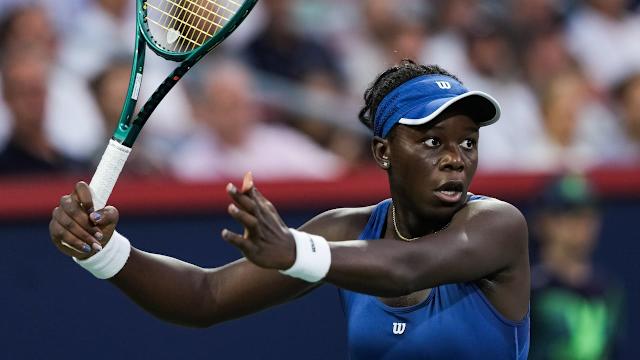
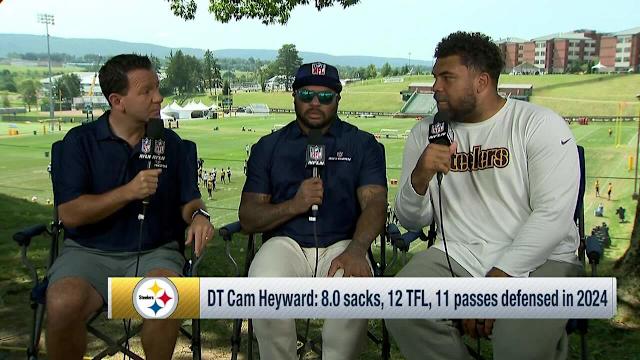
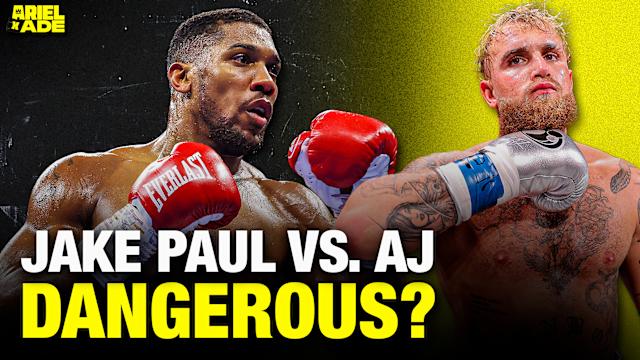
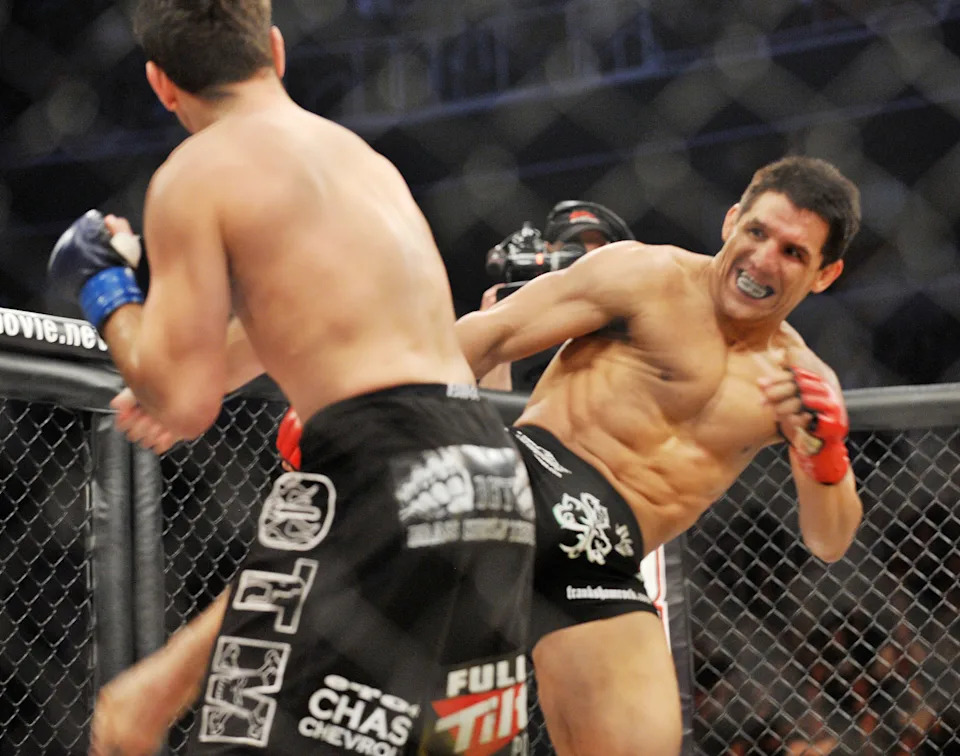
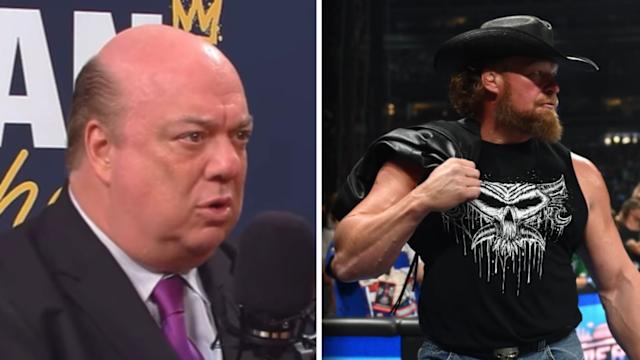

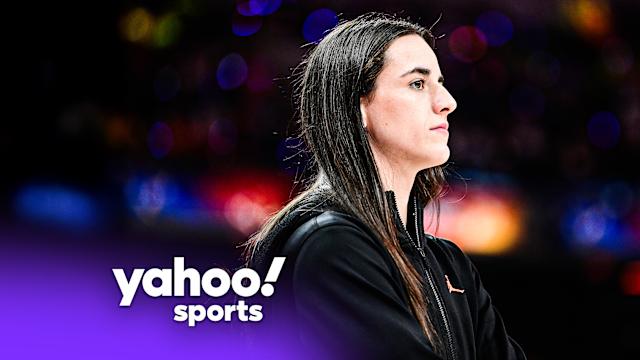
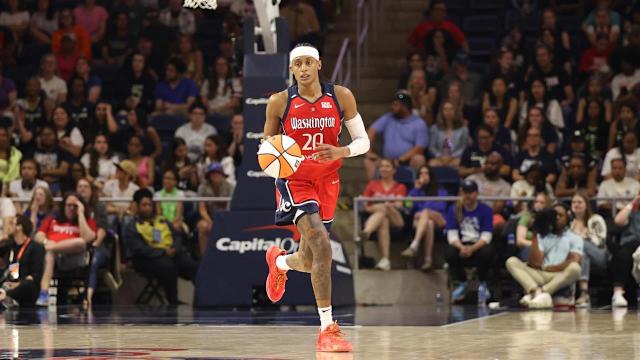
Comments